Free
Content Production Process for Your Business Growth
Producing valuable content is crucial for the success of your company. Start off on the right foot with an effective content production process.
Content creation is a vital part of your content marketing plan, but you can’t promote what you don’t have. By implementing a content creation process, you can avoid the stress of posting content haphazardly and instead make content production a breeze.
What is Scalable Content Production?
Scalability is all about growing and adapting to changes over time. When it comes to business growth, you need to consider how you’ll scale your operations.
Scalable content production means creating a process that is easy to replicate. With a scalable content production process, you can follow the same steps whether you’re writing five pieces of content a month or fifty.
The benefits of having a scalable content production process include:
1. Easy onboarding for new team members
2. Identifying content gaps quickly
3. Time-saving automation of administrative steps
4. The ability to withstand sudden changes
How to Develop Your Content Production Process
Setting up a content production process will save you time and reduce stress as your business grows. By having an efficient process in place, you’ll be one step ahead when it comes to creating new content each week.
When setting up your content production process, involve all relevant team members from the start. This ensures that important points are brought up and allows for easy communication and transparency within your team.
The team members to include in your content production process are:
1. Content writers
2. Graphic designers
3. Social media managers
4. Any other members of your creative or production team
Once everyone is on board, gather together to streamline the process. The goal is to eventually have your content production team take over the management of this entire process for you.
Step 1: Choose a Home for Your Content Files
Before starting your content production journey, you need to determine where your content files will live. This ensures scalability and organization. Instead of emailing files to your team, find a secure cloud server that works for everyone. Keep everything organized there to prevent confusion.
To stay organized, create a standard file naming convention. A popular style is using yearly or monthly folders and including the post title and file purpose in the name. Keep the rules intuitive so you don’t have to constantly reference them.
Step 2: Set Up the Idea Creation Process and Storage System
Now that your file system is set up, create a list of content ideas for your team to work on. Make sure the person leading keyword research is in touch with the editorial strategy team. Decide how often you want new content ideas and where they fit into your content timeline.
Step 3: Choose Deadlines for Content
Consider your goals and decide how many pieces of content you want to publish each month. Spread the deadlines throughout the month. Prepare a content brief, keyword research, and content goal for each piece of content. Keep this information in designated folders or a separate “Content Briefs” folder. Consider key dates and events when planning each month.
Step 4: Create Workflows for Each Content Format
Write out the steps for each content format, ensuring they are in the correct order. This ensures efficient progress without any steps waiting on others. Create workflows for different content types, such as blog content, video content, and social media posts. Follow the suggested workflows or customize them based on your needs.
Step 5: Divide Responsibilities and Handoffs
Determine if your team has enough bandwidth to achieve your content goals or if you need to hire additional help. Assign responsibilities for each step of the content production process to avoid bottlenecks. Review your content goals and consider cutting any items with alternative goals until your business scales.
Step 6: Plan to Review
Include a review stage in your process. This can take place 90 days to six months after implementing your content production process. Gather feedback from your content team. Evaluate if the content is meeting its goals, identify areas for improvement, ensure no steps are preventing progress, and check how employees feel about the process.
By following these steps, you can establish an efficient and effective content production process.
Make Content Production a Breeze with These Five Powerful Tools
Creating content doesn’t have to be a complicated and time-consuming process. With the right tools and software, you can streamline your workflow and produce high-quality content effortlessly. Here are five amazing tools that will make your content production process a whole lot easier.
1. Jasper:
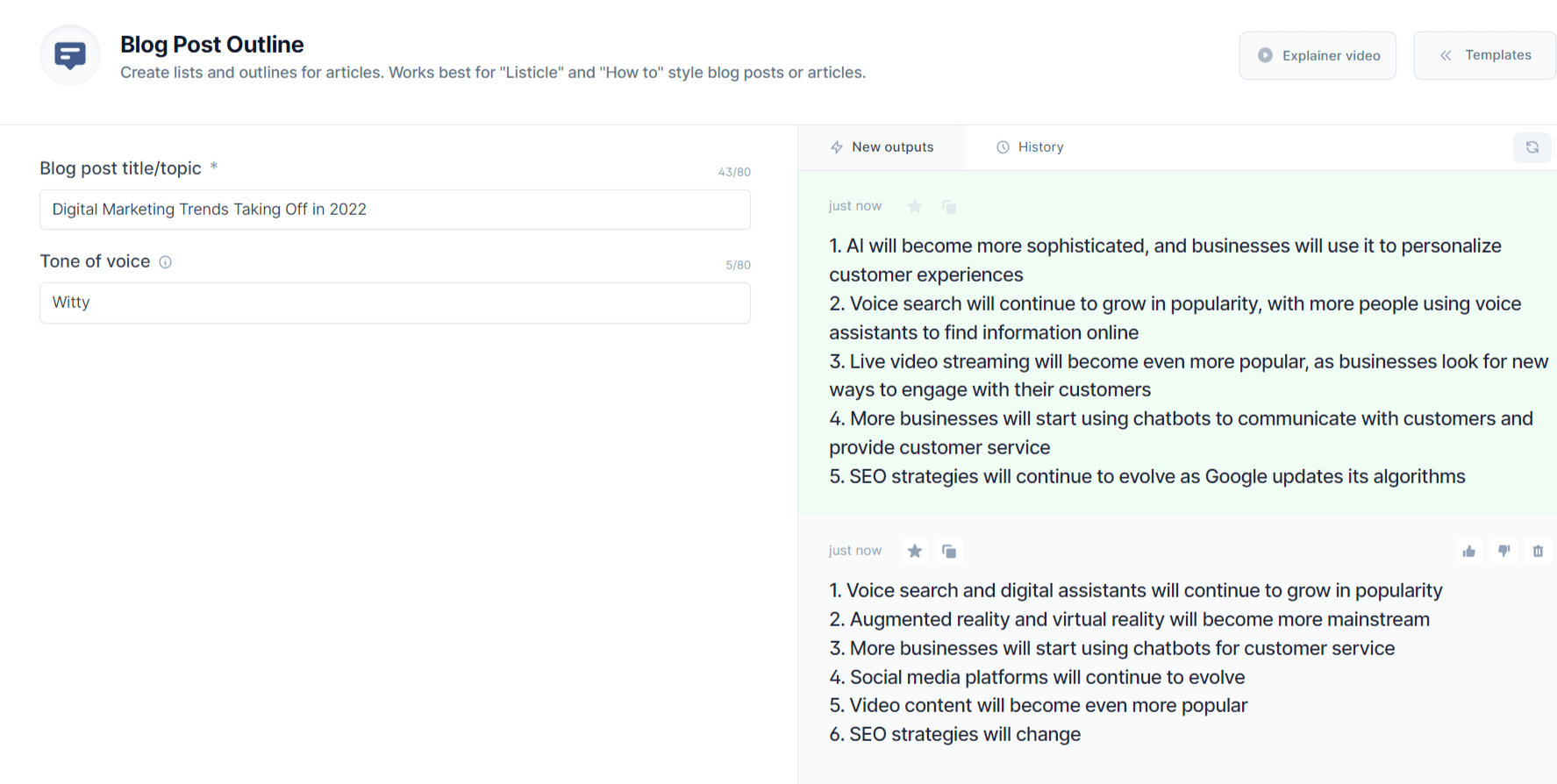
Your AI Copywriting Assistant
Say goodbye to writer’s block and endless brainstorming sessions. Jasper is an AI-powered copywriting software that will help you generate outlines, write paragraphs, and even come up with perfect headlines. It’s like having a team of experienced copywriters right at your fingertips.
2. SurferSEO:
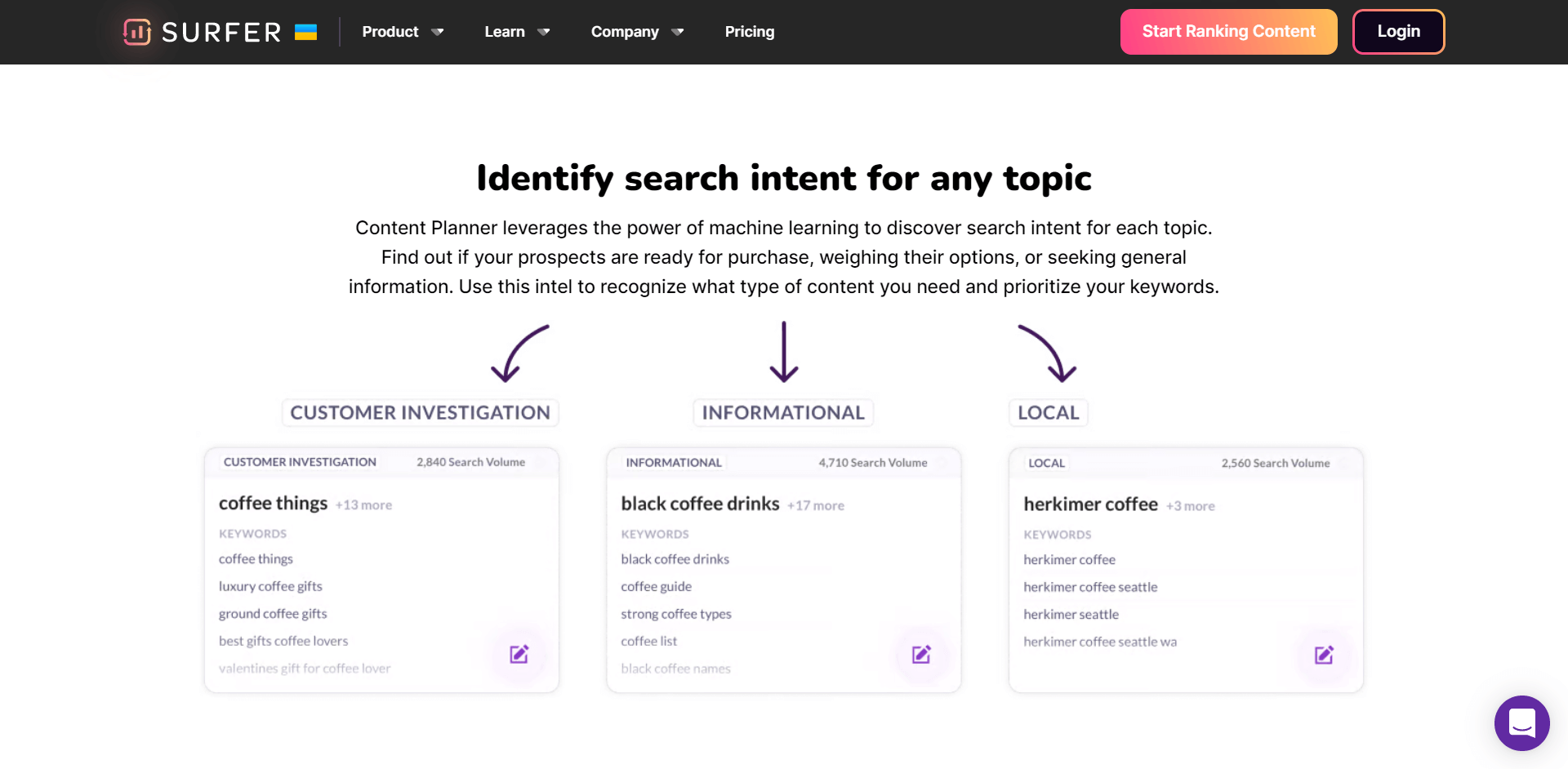
Optimize Your Content like a Pro
Don’t let the technical aspects of SEO overwhelm you. SurferSEO is a tool that takes care of all the optimization work for you. From keyword research to on-page SEO, SurferSEO has got you covered. Now you can focus on writing amazing content without worrying about search engines.
3. Google Drive:
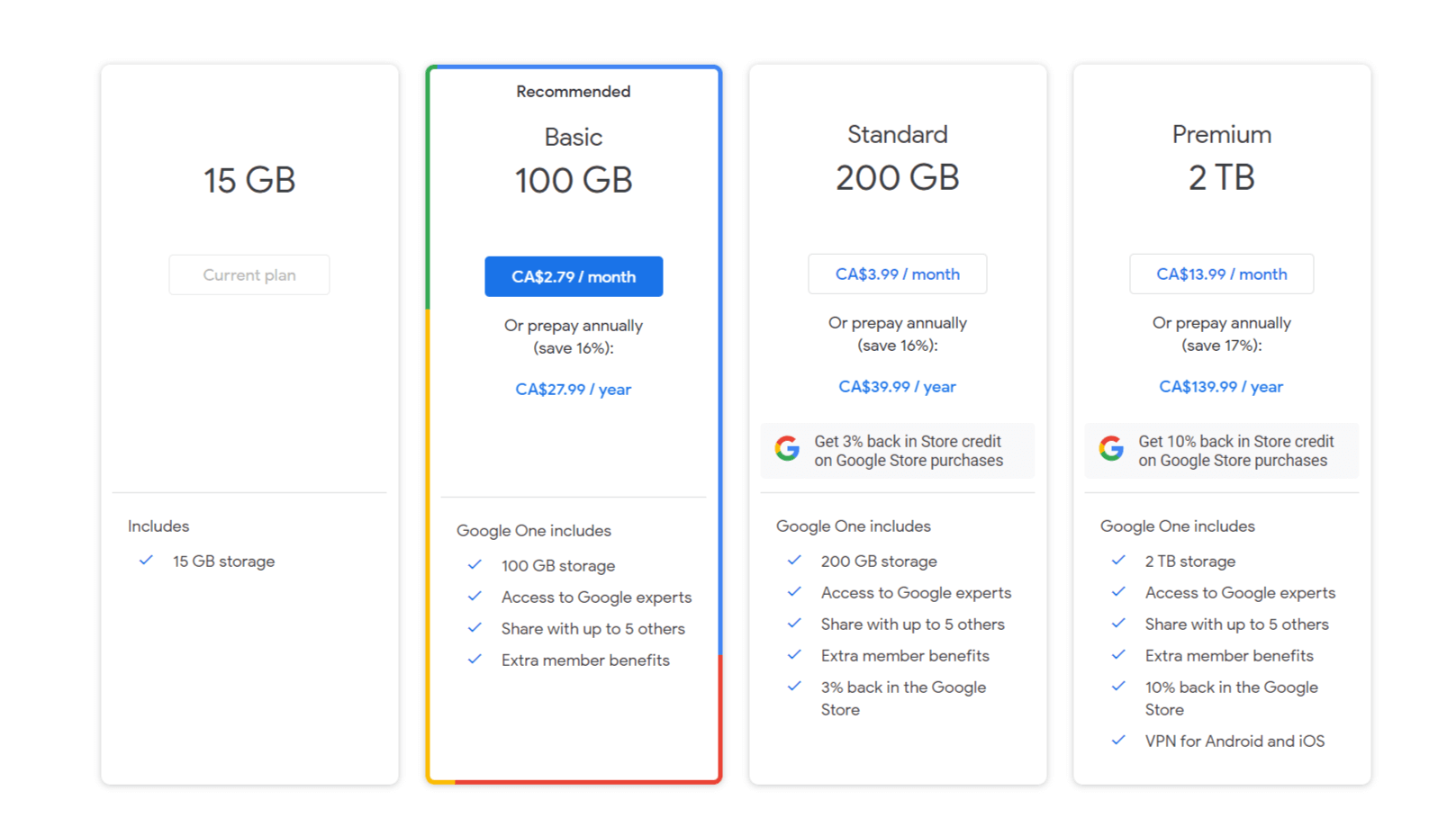
Your Reliable Storage Solution
As your content production scales, you need a storage solution that can keep up. Google Drive offers the perfect cloud storage solution for businesses of all sizes. With a free account, you get 15 GB of storage, and if you need more, you can upgrade to a Google One account for 100 GB.
4. Asana:
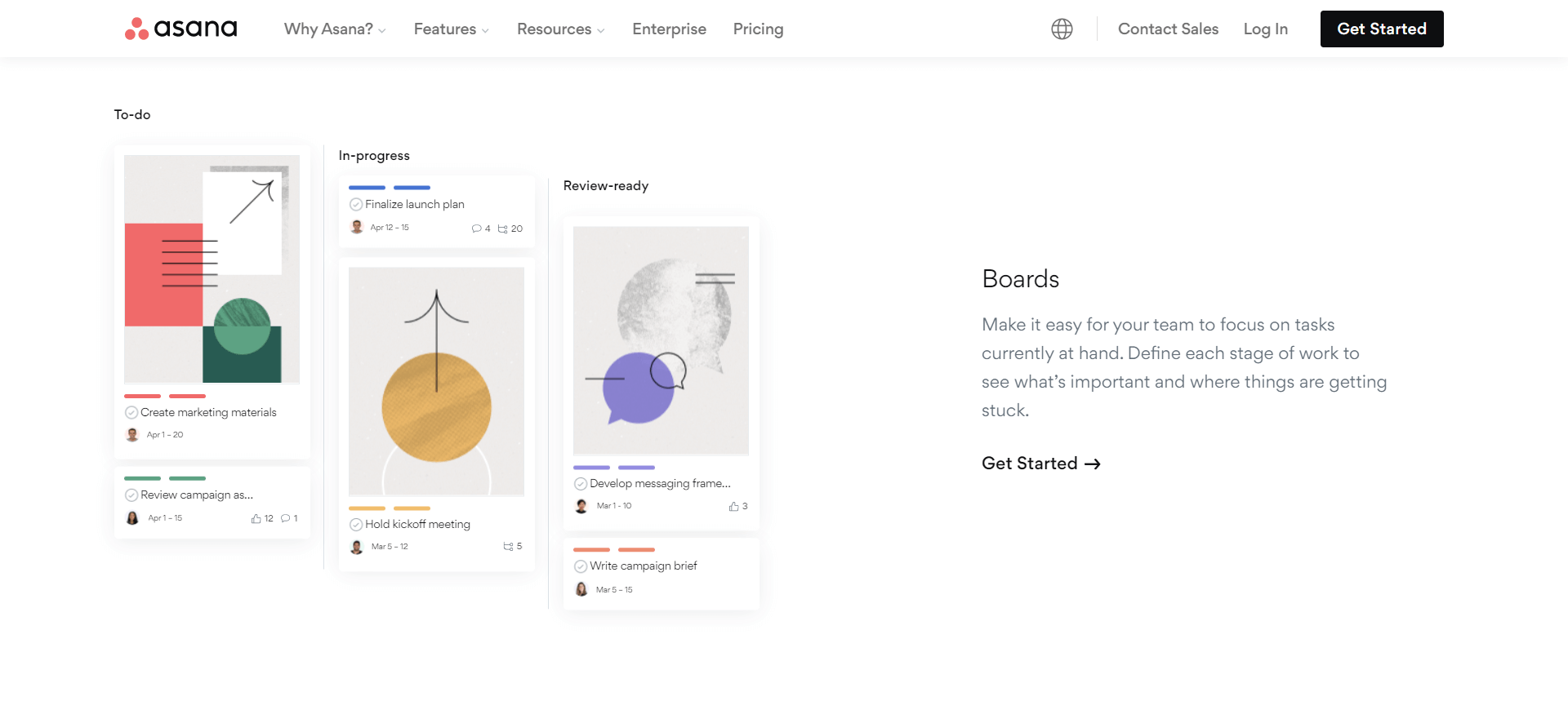
Streamline Collaboration and Workflow
Collaborating with your team is essential for a smooth content production process. Asana is a project management tool that keeps everyone on the same page. From assigning tasks to tracking progress, Asana helps you stay organized and ensures that nothing falls through the cracks.
5. CoSchedule Content Calendar:
Stay Organized and On Track
A content calendar is a must-have tool for any content marketer. CoSchedule offers a fantastic digital marketing calendar software that helps you plan and manage multiple campaigns, events, and processes. With a collective calendar, everyone on your team knows what’s happening and when, eliminating the need for constant questions and updates.
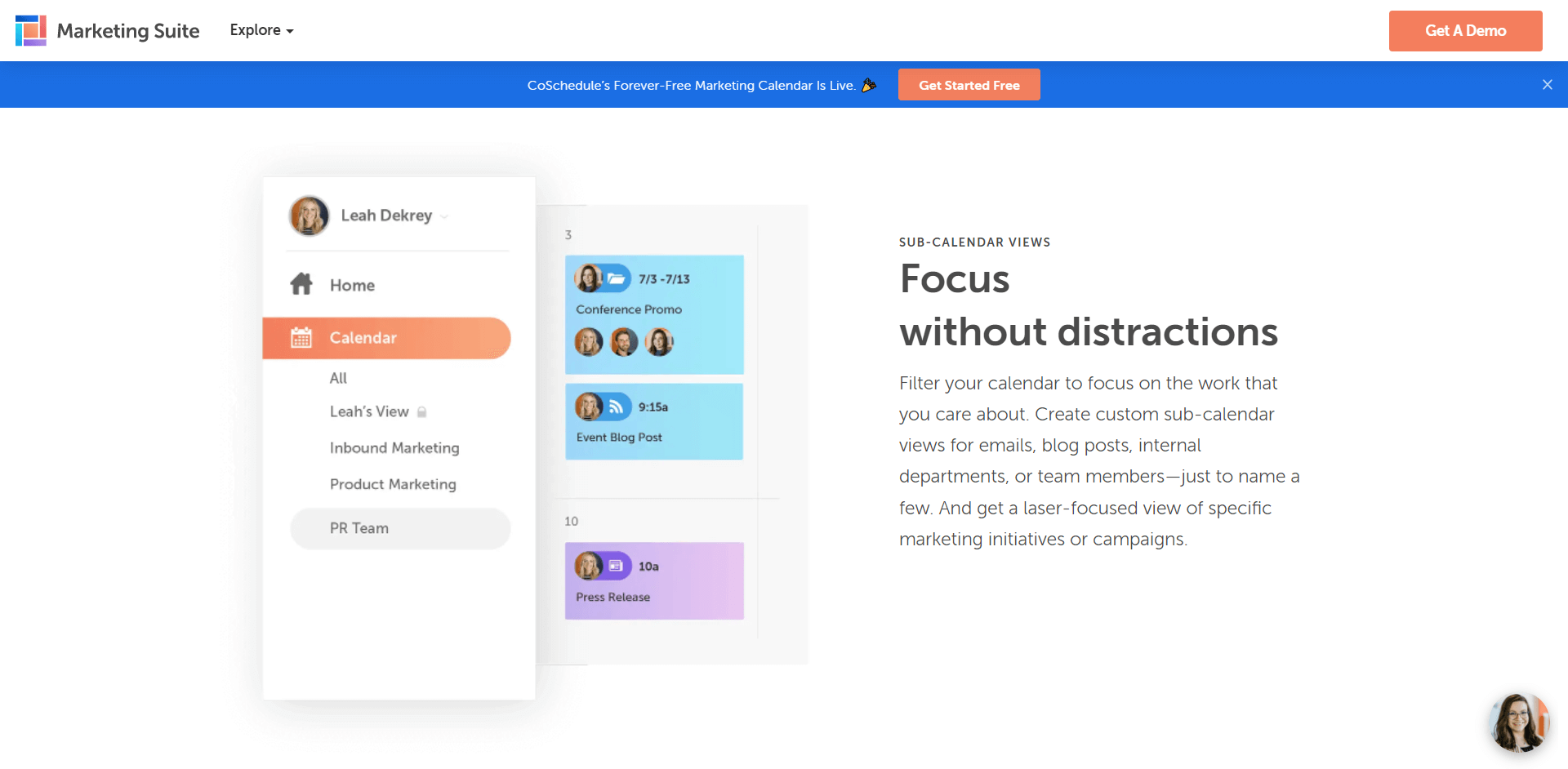
By incorporating these tools into your content production process, you can save time, boost efficiency, and ultimately grow your business. Say goodbye to long hours spent in front of a computer screen and hello to high-quality content produced with ease.






























